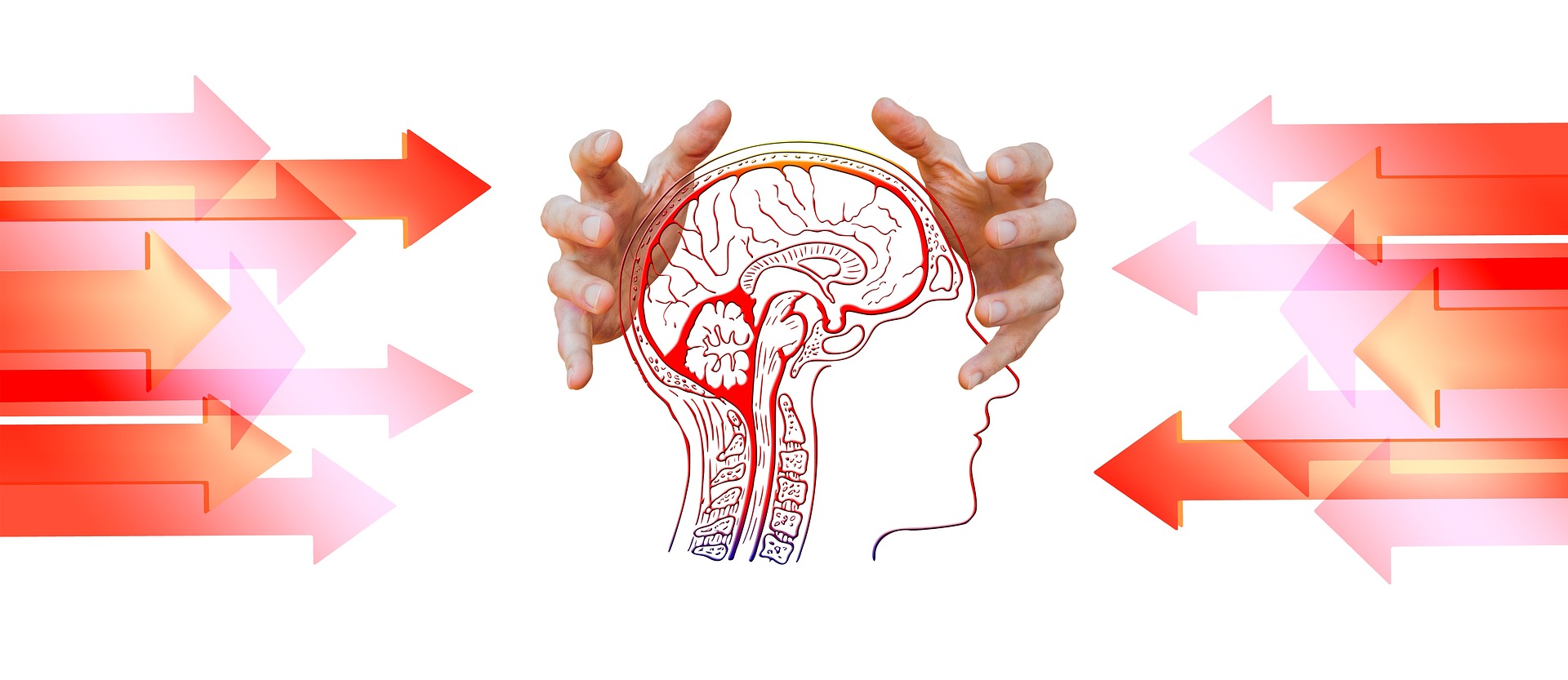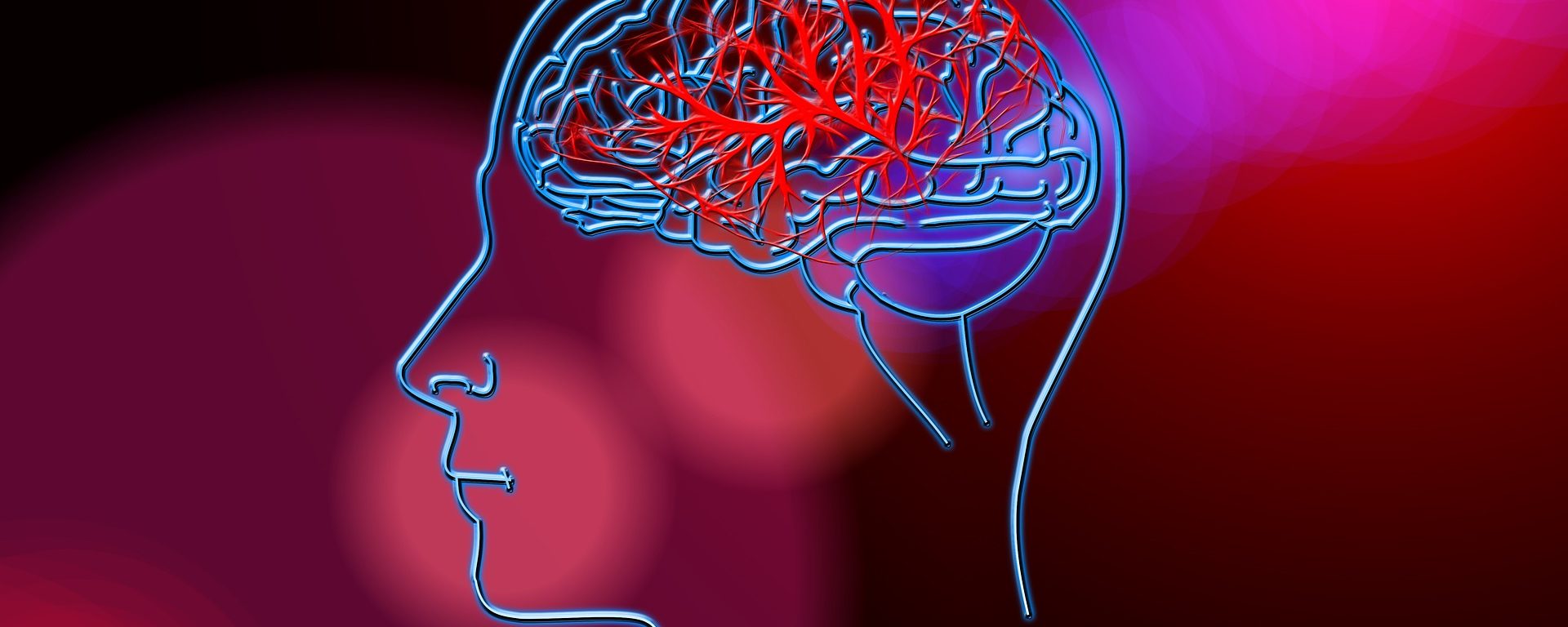The brain is a complex organ that can receive/process information, make decisions and execute actions via., the spinal cord, nerves, and muscles. One of the effects of stroke, a disease that impairs blood flow to the brain, is ‘hemiparesis’ – in other words, weakness on one side of the body. Stroke can cause weakness on either the left or right side of the body, including arms, legs, trunk, and face.
However, if the stroke occurs in the region where the nerve tracts condense together (at the level of the brain stem), all four limbs might get affected resulting in a critical situation such as ‘locked-in syndrome’. Although every stroke is unique, the stroke often results in weakness of muscles, lack of symmetry in posture/movement, impaired mobility, slurred speech, blurred vision, and headaches. Ultimately, depending on the location/extent of the damage to the brain tissue, the stroke impairs an individual’s ability to receive, process, and respond to the information they receive via., the spinal cord, nerves, and muscles.

Several treatment strategies have been developed to promote recovery after a stroke. Studies have reported positive outcomes in stroke survivors who increased their physical activity levels in an enriched environment during the acute phase of the stroke (1). Although it is not recommended to initiate physical activity within 24 hours after stroke (2), commencing high-intensity physical exercise at 48 hours after stroke was reported to be beneficial (3). After the acute phase, the traditional strategies involve treatment by a multi-disciplinary rehabilitation team to improve health outcomes in stroke survivors. However, there have been no breakthroughs in rehabilitation therapies as stroke continues to be a major cause of disability in the long-term (4).
There is an emergent need to develop interventions with a strong mechanistic rationale for stroke-related impairments (4). Experts suggest that rehabilitation could be further improved by increasing physical activity levels and fostering recovery through individualized, patient-centered care (5). Any healthcare intervention that provides individualized therapy and contributes to a patient’s recovery from illness must have a role in the care of stroke survivors. Chiropractic care is one such intervention that undertakes a holistic approach to health with a specific focus on nervous and musculoskeletal systems.

Recent studies have shown that chiropractic care can positively impact the brain’s ability to receive, process, and respond to sensory input (6-8). In a group of stroke survivors (n=15), Holt et al. (8) demonstrated that a single session of chiropractic care improved calf muscle weakness and cortical drive to the affected side. In this study, the intervention involved (i) assessments of the entire spine and both sacroiliac joints for vertebral subluxations, and (ii) chiropractic adjustments as deemed necessary by a registered chiropractor (8). The following indicators were used by the investigator to assess the need for adjustments (i) tenderness to palpation of joints, (ii) restriction of intersegmental range of motion, (iii) asymmetric intervertebral muscle tension, and (iv) blocked or abnormal joint play and end-feel of the joints (8). The adjustments performed by the investigator after the assessment were (i) high-velocity, low-amplitude thrusts to the spine or pelvic joints, and/or (ii) instrument-assisted adjustments (8).
Immediately after the intervention, there was a significant increase (64-78%) increase in plantar-flexion maximal voluntary contractile force and a significant increase (54-65%) in the cortical drive (V-Wave) in the stroke patients (8). Clearly, the stroke patients in this study (8) had improved their ability to receive, process, and respond to the input stimulus (manual adjustments) as demonstrated by their increased neural drive to the leg muscles on the affected side.
Further research is needed to determine the optimal frequency, duration, and intensity of manual adjustments to tailor the treatment sessions and provide individualized care to stroke patients. In order to better understand whether manual therapy such as chiropractic care is effective in assisting one’s recovery from stroke, it is important to assess the long-term and potential functional effects of manual adjustments in the stroke population with varied demographic and disease characteristics. More importantly, as these findings are preliminary in nature, we suggest that the manual adjustments to stroke survivors must not be used outside of a research trial.
References:
- Rosbergen IC, Grimley RS, Hayward KS, Walker KC, Rowley D, Campbell AM, McGufficke S, Robertson ST, Trinder J, Janssen H, Brauer SG. Embedding an enriched environment in an acute stroke unit increases activity in people with stroke: a controlled before–after pilot study. Clinical rehabilitation. 2017 Nov;31(11):1516-28.
- Langhorne P, Wu O, Rodgers H, Ashburn A, Bernhardt J. A Very Early Rehabilitation Trial after stroke (AVERT): a Phase III, multicentre, randomised controlled trial. Health technology assessment (Winchester, England). 2017 Sep;21(54):1-20.
- Tong Y, Cheng Z, Rajah GB, Duan H, Cai L, Zhang N, Du H, Geng X, Ding Y. High Intensity Physical Rehabilitation Later Than 24 h Post Stroke Is Beneficial in Patients: A Pilot Randomized Controlled Trial (RCT) Study in Mild to Moderate Ischemic Stroke. Frontiers in neurology. 2019;10.
- Stinear CM. Stroke rehabilitation research needs to be different to make a difference. F1000Research. 2016;5.
- Luker J, Lynch E, Bernhardsson S, Bennett L, Bernhardt J. Stroke survivors’ experiences of physical rehabilitation: a systematic review of qualitative studies. Archives of physical medicine and rehabilitation. 2015 Sep 1;96(9):1698-708.
- Haavik, H. & Murphy, B. Te role of spinal manipulation in addressing disordered sensorimotor integration and altered motor control. J. Electromyogr. Kinesiol. 22, 768–76 (2012).
- Niazi, I. K. et al. Changes in H-refex and V-waves following spinal manipulation. Exp. Brain Res. 233, 1165–1173 (2015).
- Holt K, Niazi IK, Nedergaard RW, Duehr J, Amjad I, Shafique M, Anwar MN, Ndetan H, Turker KS, Haavik H. The effects of a single session of chiropractic care on strength, cortical drive, and spinal excitability in stroke patients. Scientific reports. 2019 Feb 25;9(1):2673.

Hi AJ, good article stretching the possibilities is an uplifting feeling. You have presented an idea of how body manipulation might aid in remapping of the body yet on the ward one has to take into account the emotional state of the patient. A state that can starve motivation to reinforce sensory stimulus. Where the stimulus is not repeated and then un-used it will become dormant again and only transient change achieved. The stance of making sure the patient is safe and only handling the patient by their good side could be counter productive to balancing out the homunculus (or spinal level maps). Yet the social judgement of tie-ing up the good side forcing the person to use the affected side as inhumane could prevent this clinical strategy from being benefited from. Hence the internal motivations and meaning to a person who has experienced a stroke will affect their longer term learning that any bodywork achieves.
Hello Dr. Wickham, Thanks for the comment. It is indeed important to study the long term effects of body manipulation on the brain. If proven useful, I guess this will be a valuable addition to the clinicians’ tool box. However, as you have implied (if I have understood correctly), the clinical strategy will eventually be directed by the internal motivations and goals set by the individual who had suffered a stroke.